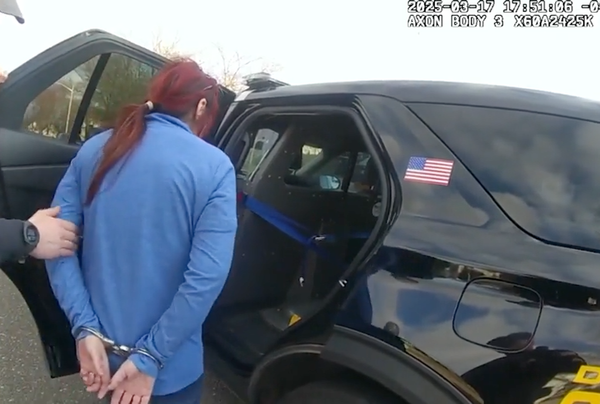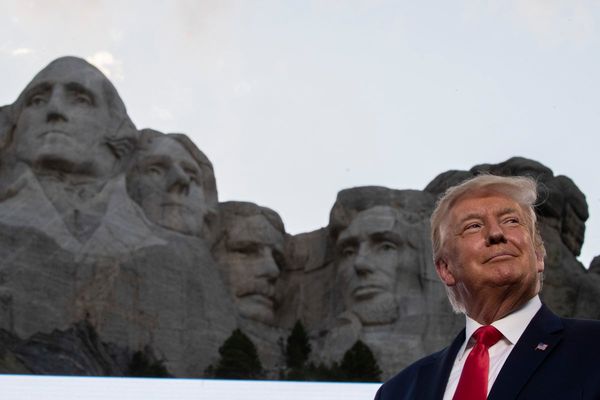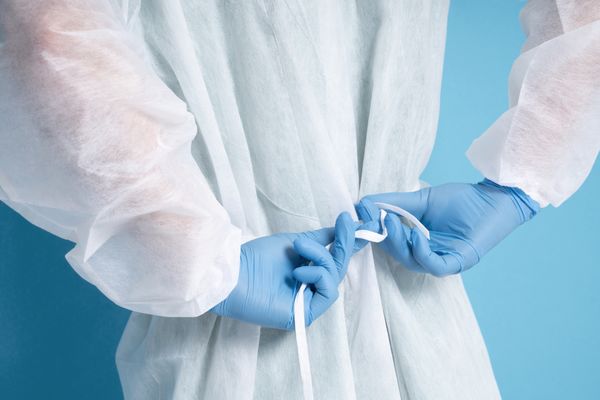
Even if you're a die-hard, paying-blue-check, all-in-on-$TSLA, Elon-can-do-no-wrong superfan, it's awfully hard to find a silver lining around the news that most—if not all—of Tesla's Supercharging team was caught up in the company's latest round of layoffs.
Last night, The Information reported that roughly 500 people in Tesla's charging division are being cut from the company, including its senior director and head of new products. A quick perusal of LinkedIn, Reddit, X and other social media platforms shows scores of people who worked on the charging team at Tesla announcing their layoffs. All of them seem utterly (and understandably) stunned that they had to. (Emails and direct messages to several current and former Tesla officials have gone unanswered.)
Do you know about Tesla's charging plans?
Get in touch.
If you were impacted by today's Tesla Supercharging team layoffs, or have information to share, contact the author at patrick.george@insideevs.com from a safe, non-work device. We are happy to speak anonymously and securely.
Moreover, Musk's own memo to the troops doesn't provide much information or reassurance about the future of charging. “We will continue to build out some new Supercharger locations, where critical, and finish those currently under construction,” Musk wrote, almost with the same level of interest as when he spoke of future Tesla models during last week's Q1 earnings call.
Astoundingly, the rest of the auto industry that was getting ready to partner with Tesla on charging seems blindsided as well today, leaving them with countless questions about what's next. "We were surprised as anyone, and have no additional information than what’s been reported," one automaker official told me.
There's no two ways about it: this move is utterly baffling. And to one degree or another, it may throw a lot of future plans for both Tesla and the American EV industry into turmoil.

In recent months and weeks, we've seen Musk seemingly lose interest in Tesla's position as the singular leader (Chinese automakers excepted) in the electric vehicle arms race. Artificial intelligence and autonomy have his full attention now as he stakes the company's future on robotaxis, seemingly only confirming "more affordable" new models out of investor pressure.
But if Tesla is walking back its Supercharger growth plans—and cutting the team behind them seems to indicate that—it's an entirely new level of weird for Tesla.
You could make a strong argument that building out its proprietary charging network is the smartest thing Tesla ever did. Way back in 2012, when the Model S was just starting to emerge, Tesla realized that widespread adoption of its products would never happen unless it stepped outside the auto industry's traditional lane—i.e., letting other companies handle "fueling"—and built the charging infrastructure itself. It then quickly scaled its charging network across the country and the world, learning much along the way. The Supercharger network became one of the biggest networks anywhere and the gold standard for how charging itself should work.
Doing everything in-house at Tesla was once a necessity for operating in an industry that had little to no support for EVs. It quickly turned into a key strength, allowing the company to control the entire car ownership experience from top to bottom—including charging. Today, Tesla Supercharging is seamless, easy to use and ubiquitous. Almost every other EV driver has looked with envy at Tesla drivers charging their cars without a care in the world, all while they fought with the credit card reader at an EVGo station or the like.
The Supercharger network even paid dividends for the entire concept of electric vehicles. Tesla showed that it could be done; that a huge, reliable and fast network of chargers could be built and that range anxiety could be made a thing of the past. In many ways, building out that charging network was the best thing Tesla has ever done.

It was no wonder that rival automakers spent much of 2023 announcing they would switch to Tesla's proprietary North American Charging Standard (NACS) plug and allow access to the Supercharger network. That's been widely seen as a win-win for all involved; Ford, General Motors, Honda, Toyota, Rivian and the rest get access to the best charging network around, and Tesla would gain an estimated $20 billion in charging revenue alone by 2030. Not to mention, of course, billions more from the Biden Administration's investments in EV charging grants.
By Tesla's own accounting, it grew Supercharger stations by 26% year-over-year by Q1's end and owned some 30% of America's DC fast-charging infrastructure. EV owners were excited to get their NACS adapters and eventually easier native charging. Competitors like ChargePoint were offering the same plugs too, and Tesla seemed poised to rake in cash. Just last week, The Atlantic even likened Tesla to some kind of new Con Edison, less an automaker and more an energy provider.
As Jay-Z once put it, "It was all good just a week ago." But when it comes to Tesla and Musk, a lot can happen in a week.
Emails to other automakers from InsideEVs have not received responses yet, and nor have messages seeking comment to Tesla's communications teams in other parts of the world.
It's possible that Musk saw that the Supercharger ecosystem somehow wasn't growing quickly enough for his tastes; Bloomberg recently noted that Tesla didn't hit its target of tripling the network between 2021 and 2023. (It merely doubled it instead!) Perhaps Musk wants a new team that can get it done sooner. Then again, who? Christmas just came early for every automaker looking to hire top-tier charging talent.
What's more likely is the obvious: that this is all part of Tesla's wholesale pivot to AI and robotaxis. That, in Musk's mind, those areas are where Tesla will put the most resources and talent until it has fully "solved" the challenge of autonomous driving. For countless reasons, that pivot seems suspect, and the idea that Tesla's past success will guarantee its future has its limits.

In the meantime, losing a 500-person team responsible for charging probably isn't great for Tesla owners. Questions arise about maintenance, upkeep and new features, to say nothing of new station rollouts.
It's also very unlikely that these layoffs will impact the industry-wide pivot to the NACS plug. That's becoming an SAE standard, so it's effectively out of Tesla's hands. One industry official who spoke to me indicated the move could slow other automakers' moves to the actual Supercharger network, however, but it's still unclear how.
In the end, the only person who can articulate the path forward is Musk. He spent the past 12 hours on X posting about slavery, woke TV shows and declining birth rates, so what happens next is anyone's guess. But slowing the growth of one of the best reasons to buy an electric car isn't good for anyone—not the industry, and certainly not the planet.
Musk seems more focused on Tesla's stock price as of late. Unfortunately for him, even investors don't like this move. Tesla stock is down 5% as of publication, a sign that even Wall Street is baffled by gutting such a key part of the company's empire.
Contact the author: patrick.george@insideevs.com







